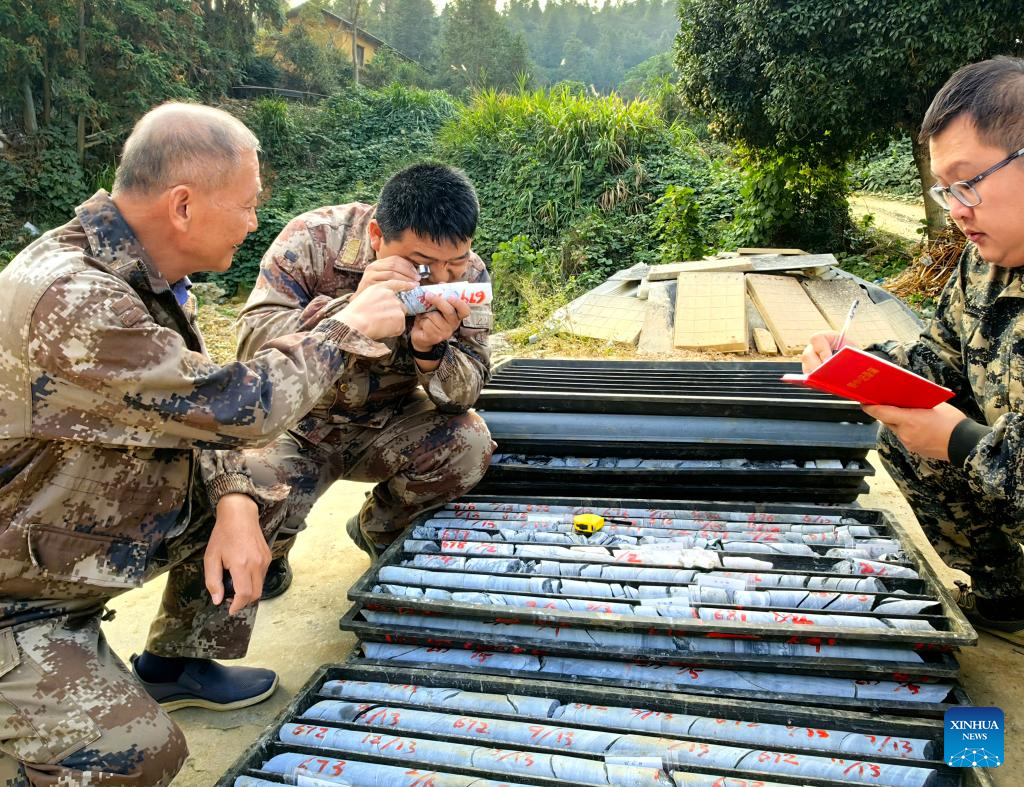China’s ‘super-giant’ gold discovery claim sounds ‘aspirational,’ WGC expert says

The World Gold Council (WGC) is skeptical about China’s Nov. 21 claim of discovering a $83 billion gold deposit in the southeastern province of Hunan.
The Geological Bureau of Hunan Province said it had found more than 1,000 tonnes of gold (35.2 million oz.) beneath the Wangu gold field in Pingjiang county, the government-run Xinhua news outlet reported on Nov. 21. The claim saw widespread mainstream and social media coverage in the following week and a half.
Officials said 300 tonnes (10.5 million oz. gold) had already been identified within 2,000 metres of the surface and extrapolated total resources at 3,000 metres depth to reach the 32 million oz. figure.
Chen Rulin, a geologist at the bureau, said he found visible gold in rock cores. Xinhua reported high-grade intercepts of up to 138 grams gold per tonne at the 2,000-metre-depth range.
But WGC senior market strategist John Reade says it’s not that simple.
“The 1,000-tonne potential resource sounds aspirational,” he said Monday in an emailed response to The Northern Miner. “The 300-tonne figure appears more reasonable—perhaps an inferred or indicated resource. Much more drilling would be needed to turn this into a reserve,” he said.
He noted that Chinese mineral reporting standards do not align with global frameworks like Canada’s NI 43-101 or Australia’s JORC code. So, independent verification is critical.
Furthermore, the global gold market, which produces about 3,600 tonnes, or 127 million oz. gold yearly, would see little impact from a mine producing 15 to 30 tonnes (about 530,000 to 1 million oz. gold) per year—roughly 1% of total supply, Reade said.
Drills do the talking
The Chinese announcement referenced 150,000 metres of drilling and 40 identified gold veins. Those figures suggest much exploration activity has been done. But, Reade noted, deposits at 2,000-3,000 metre depths are rare and hard to develop.
“Even if proven, such a deposit would take years to bring into production,” he added.
But operating at that depth brings its own set of challenges, including extreme heat, seismic risks, and high costs. South Africa has some of the world’s deepest gold mines. Harmony Gold‘s (NYSE: HMY; JSE: HAR) Mponeng is over 4,000 metres deep. This makes deep mining technically feasible but often unprofitable without very high-grade deposits.
This announcement reminds one of the 2020 Sonbhadra incident in India. There, local officials claimed a 3,000-tonne (almost a million-ounce) gold find. The Geological Survey of India later debunked the claim, confirming reserves of only 160 kilograms (5,000 oz. gold).
China, the world’s largest gold producer, is facing a decline in output. Environmental and safety pressures have shuttered small-scale mines. Discoveries like Wangu could help reverse that trend and extend reserves, which tend to yield short mine lives. Yet, Reade remains skeptical of the deposit’s scale and feasibility. He wants a more rigorous assessment.
To add to the uncertainty, the People’s Bank of China paused its record gold buying spree earlier this year. This further complicated the country’s gold market. China’s broader gold strategy remains opaque.
{{ commodity.name }}
{{ post.title }}
{{ post.date }}

Comments